Description
Resin-Modified Calcium Silicate Pulp Protectant/Liner
TheraCal LC is a part of BISCO’s award winning THERA Family. It is a light-cured resin-modified calcium silicate-filled liner designed for use in direct and indirect pulp capping and as a protective liner under composites, amalgams, cements, and other base materials. TheraCal LC performs as a barrier and protectant of the dental pulpal complex. Its precise placement allows for its use in deep cavity preparations and its light cured set permits immediate placement of the restorative material. TheraCal LC’s calcium release stimulates1* hydroxyapatite and secondary dentin bridge formation2,3, and the alkaline pH that it generates promotes healing and apatite formation2,4. Additionally TheraCal LC is moisture tolerant1 and radiopaque for placement under restorative materials and cements.
1g Syringe of TheraCal LC can provide approximately 12-15 liner applications and approximately 20 direct pulp cap applications.
4-pack of TheraCal LC 1g syringes can perform approximately 48 pulp capping/liner applications (12 applications per 1g syringe).
Unique Benefits:
- Calcium release stimulates1* hydroxyapatite and secondary dentin bridge formation2,3
- Alkaline pH promotes healing and apatite formation2,4
- Significant calcium release1 leads to protective seal5,7,8
- Protects and insulates the pulp5,6
- Moisture tolerant1 and radiopaque – can be placed under restorative materials and cements
Clinical Significance:
- The proprietary formulation of TheraCal LC consists of tri-calcium silicate particles in a hydrophilic monomer that provides significant calcium release* making it a uniquely stable and durable material as a liner or base
Pro Tip:
- Apply a thin layer of <1mm thickness on moist dentin and light-cure for 20 seconds to prevent TheraCal LC from flaking off.
In the box
- 1 Syringe TheraCal LC (1g)
- Accessories
- Instructions
Benefits
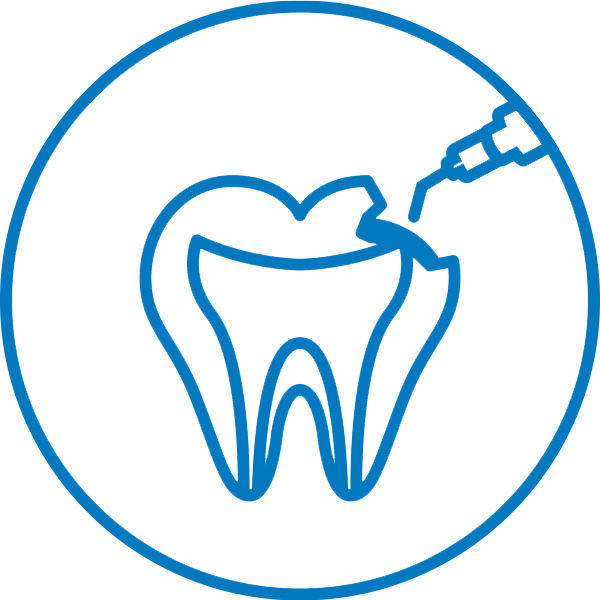
Pulp Capping Agent
Designed for use in direct and indirect pulp capping.
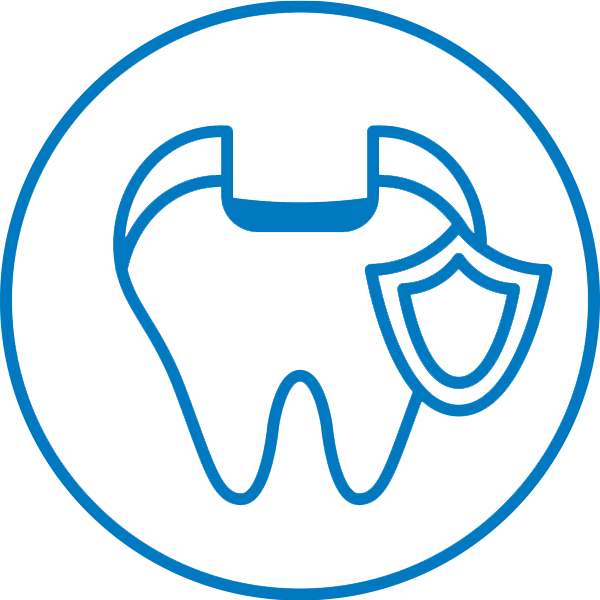
Protective Liner
Performs as an ideal protective liner under composites, amalgams, cements, and other base materials.
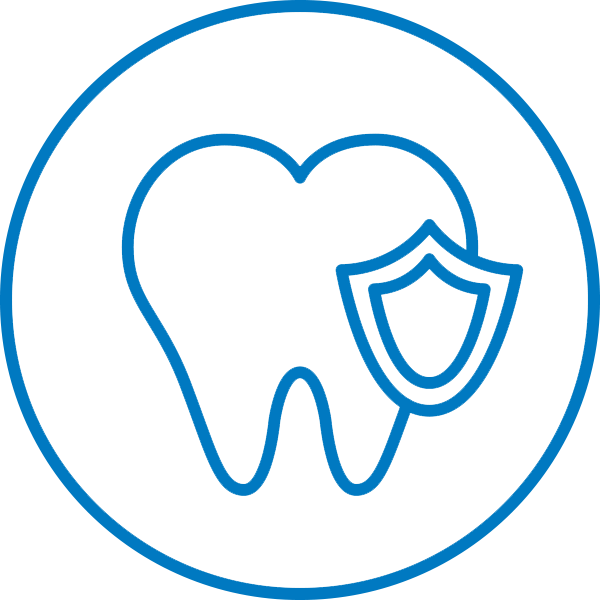
Protective Seal
Significant calcium release1* leads to protective seal.5,7,8

Calcium Release
Releases calcium.
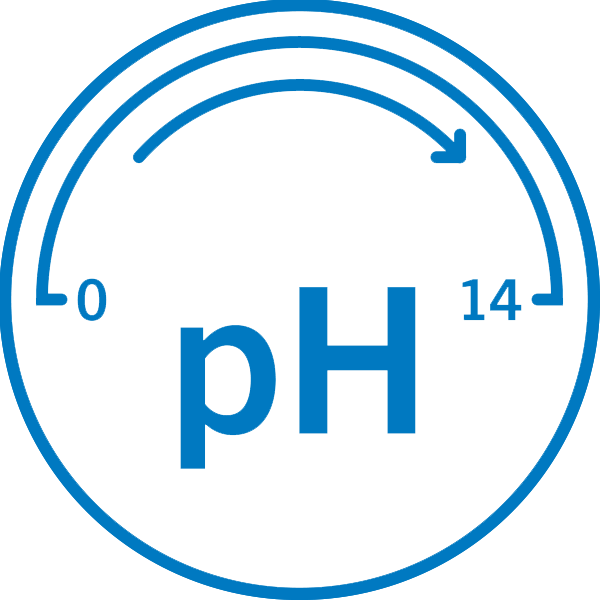
Alkaline Ph
Calcium-silicate fillers provide both calcium release and alkalinity.*

Insulation
Forms a protective barrier to protect the pulp from thermal changes.5,6
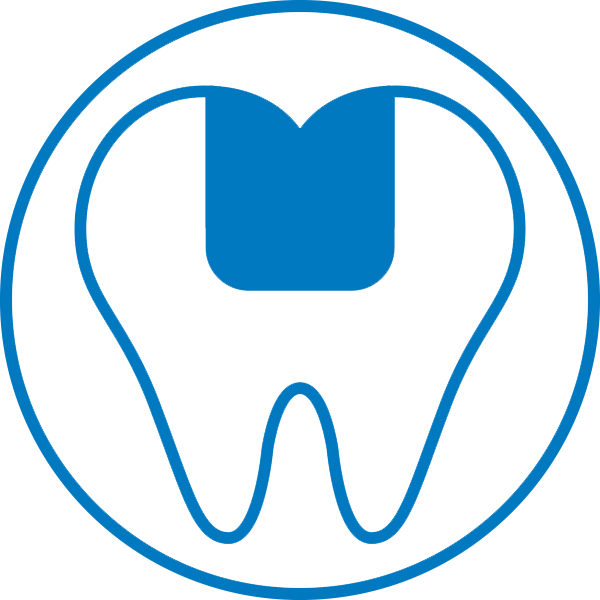
Radiopaque
Radiopaque for easy detection on radiographs.
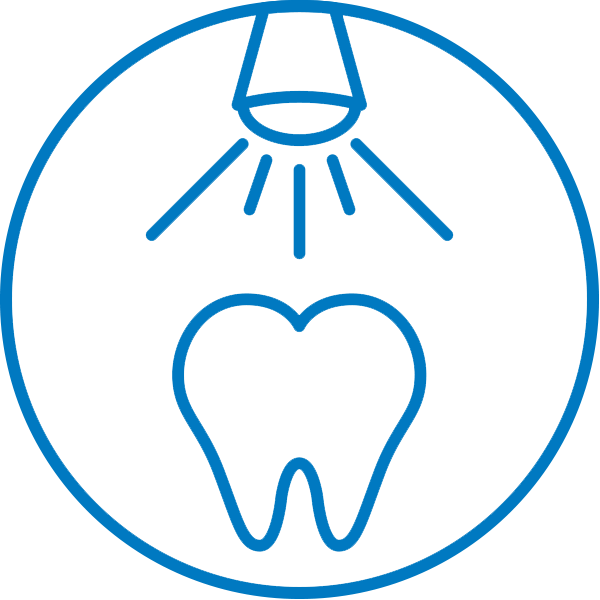
Light-Cured
Light-cured material.

Low Solubility
Low water solubility and will not wash out over time.
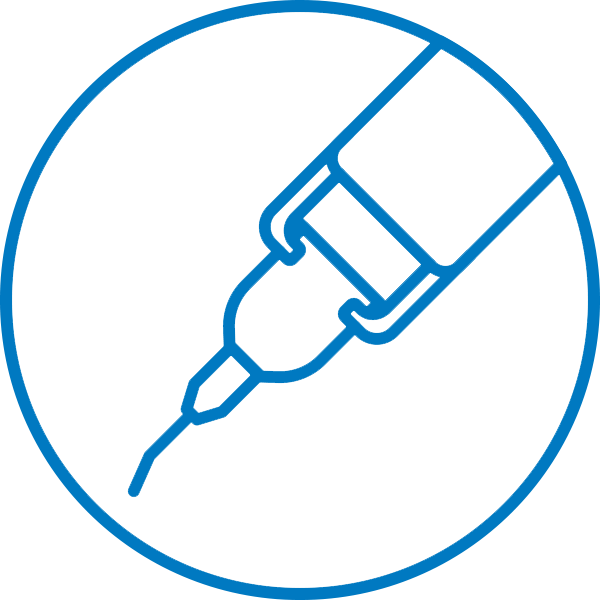
Easy Syringe Application
Syringe delivery system offers easy placement of the material.

Time Saver
Can be directly applied to the pulp exposure and be used as a liner in the same prep, with no need for two separate products.
Awards
Dental Advisor Clinical Problem Solver
Dental Advisor Top Pulpal Protectant
DPS Recommended Product
Dental Advisor Editors Choice
Instructions
Brochure
SDS
TheraCal LC SDS US English
EnglishTheraCal LC SDS INT English
EnglishTheraCal LC SDS INT Albanian
AlbanianTheraCal LC SDS INT Bulgarian
BulgarianTheraCal LC SDS INT Croatian
CroatianTheraCal LC SDS INT Czech
CzechTheraCal LC SDS INT Danish
DanishTheraCal LC SDS INT Dutch
DutchTheraCal LC SDS INT Estonian
EstonianTheraCal LC SDS INT Finnish
FinnishTheraCal LC SDS INT French
FrenchTheraCal LC SDS INT German
GermanTheraCal LC SDS INT Greek
GreekTheraCal LC SDS INT Hungarian
HungarianTheraCal LC SDS INT Icelandic
IcelandicTheraCal LC SDS INT Italian
ItalianTheraCal LC SDS INT Latvian
LatvianTheraCal LC SDS INT Lithuanian
LithuanianTheraCal LC SDS INT Macedonian
MacedonianTheraCal LC SDS INT Norwegian
NorwegianTheraCal LC SDS INT Polish
PolishTheraCal LC SDS INT Portuguese
PortugueseTheraCal LC SDS INT Romanian
RomanianTheraCal LC SDS INT Russian
RussianTheraCal LC SDS INT Slovak
SlovakTheraCal LC SDS INT Slovenian
SlovenianTheraCal LC SDS INT Spanish
SpanishTheraCal LC SDS INT Turkish
TurkishWhat are the differences and similarities between TheraCal LC and Mineral Trioxide Aggregate (MTA) material?
TheraCal LC is a resin-modified calcium tri-silicate that has enhanced physical properties when compared to MTA material. Essentially, the primary chemical used in both materials are similar (Portland cement) but TheraCal LC contains a patent pending hydrophilic resin, which allows for immediate light curing and facilitates calcium release. Similar to MTA material, TheraCal LC promotes healing due to the alkaline pH, and the calcium release assists in the formation of dentin bridge.
What is the difference between TheraCal LC and Calcium Hydroxide?
Calcium hydroxide is the primary chemical contained in many dentin liners and pulp capping agents. One of the known limitations of calcium hydroxide-based materials is their relatively high solubility, which leads to dissolution of the material over time.
Do I need to bond before placing TheraCal LC?
Bonding is not required or recommended before placement of TheraCal LC on dentin. TheraCal LC allows the maximum amount of calcium release.
I am using RMGI for liners and pulp-capping; why should I switch?
TheraCal LC promotes hydroxyl-apatite formation through ion/water exchange with the tooth structure. Resin-modified glass ionomers are unable to promote hydroxyl-apatite formation and have been shown to be cytotoxic to the pulpal complex. Due to the inclusion of polyacrylic acid, RMGI’s may actually inhibit apatite formation.
What can I use TheraCal LC for?
TheraCal LC can be used as a liner under all restorative materials. It can also be used as a direct or indirect pulp-capping agent.
Will TheraCal LC wash out over time?
No, TheraCal LC is virtually insoluble when compared to other traditional calcium hydroxide-based liners and pulp-capping agents.
Can TheraCal LC be used in pediatric cases for either direct or indirect pulp capping?
Yes. TheraCal LC is indicated for both direct and indirect pulp capping, and can be used safely with pediatric patients. TheraCal LC will provide pulpal protection and decrease the risk of post-operative sensitivity in cases where deep preparations are needed, or where carious or mechanical exposures occur. The ability to light-cure the material will allow for faster working time as well, which may be helpful when dealing with younger patients.
What role does TheraCal LC’s Unique Hydrophilic Matrix play in its composition?
BISCO has developed a unique hydrophilic matrix that allows for ion exchange. Previous or traditional resin matrices have been hydrophobic, but BISCO’s matrix allows for ion exchange as water flows into the matrix, reacts, and calcium hydroxide ions are released. The matrix is hydrophilic but will not dissolve over time.















